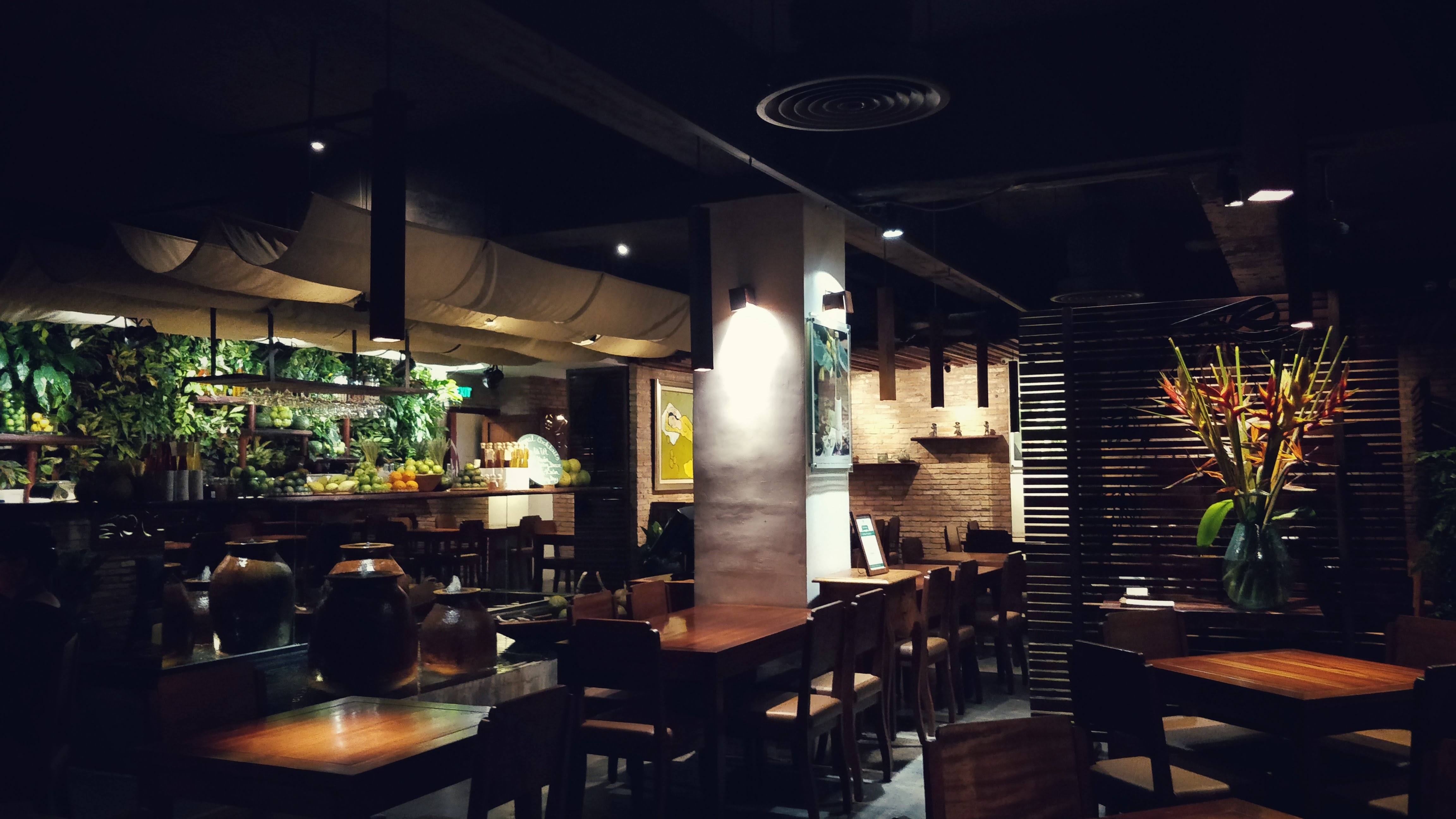
05 Mar Using distressed surfaces to enhance your restaurant interior
You’re probably familiar with distressed furniture and the shabby chic look, but how about distressed interior design? The concept of distressed interior design is making a space appear to be aged or older than it is to give it character. Many things can be distressed, and the surfaces of a room are prime candidates for action.
When creating a distressed space for restaurants, interior designers often focus on the doors, windows and furniture. These go some way to creating a distressed space, but alone they do not create authenticity. ‘Authenticity’ by the way is the aim of the game with distressed interior design. There’s nothing worse than an obvious fake. The aim here is to create a space that really appears to be from a different era.
Taking the distressed look further
Restaurants are particularly guilty of creating obvious faux. Overly ornate furniture, pitted stuck on ceiling beams, shabby chic furniture, Edison lights … these things can look good, but if they are used as the smoking gun to create authenticity they don’t work. Instead, you should look to the walls and floors to create the look you’re after. Doing so sets the scene from the moment your customer walks through the door.
Plaster
Plaster can be manipulated when wet or dry to create patterns and pits that are synonymous with aged walls. If your walls are in poor condition already, you may be able to work into the walls with hand tools to create the look you want. However, if the walls are in poor condition, you should get them re-plastered. The last thing you want is chunks of plaster falling onto the floor in front of customers.
If you do go down the new plaster route, you have a narrow window to manipulate the plaster when it’s wet, but you can do more than when it is dry. You can skim it unevenly, create pits, make holes and even tint the plaster with a darker pigment to make it appear stained. The plaster can be mixed with a grit or sand to give it a coarse texture and sanded when dry. You can even have it polished for a new and old look.
One of the most popular ways to use plaster for a distressed look on solid walls is to take the wall down to its original material. This will usually be stone or brick. You can then plaster over it in parts, leaving the material underneath exposed in places.
Concrete
Concrete walls are a blank canvas when creating a distressed look. They are highly sought after because of their industrial appearance. If you don’t have concrete walls, you can install concrete blocks to your existing walls. These are compatible with drywall and solid walls and once they’re up, you can get to work pitting them.
Pitting, scoring and marking concrete is surprisingly easy with mechanical assistance. Concrete is highly suited to paint which you can apply and then thin and manipulate to appear flaky and old. To seal distressed paint on concrete, you can use hairspray or a clear glue solution. This way it’ll stick for good.
Floors
There is no better flooring for a distressed look than wooden flooring. If your restaurant has exposed floorboards, stick with them. You can paint the floorboards any colour and then sand them down to make them appear aged. Alternatively, you can stain and varnish them and do the same. Just remember to replace any rotten or weakened floorboards. These can be blended in to appear as old as the originals.
If you don’t have exposed floorboards or the like, pre-distressed tiles are a good option. These appear aged fresh from the factory so require no modification. You can choose stone, porcelain or ceramic. Stone tiles are the most desirable, but porcelain tiles are the most durable. Ceramics are best used in washrooms. Choose the best tile you can afford and keep spares because one or two tiles will crack eventually.




No Comments